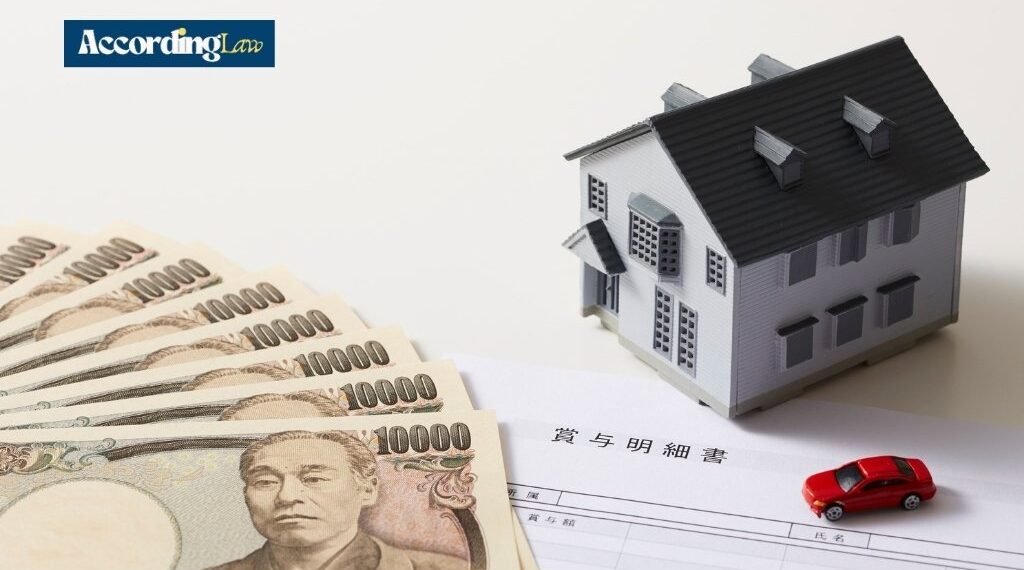When a business or individual files for bankruptcy, financial obligations shift under the protection of the bankruptcy court. Equipment loans, often secured by liens, take center stage. These debts don’t vanish, but their treatment depends on the bankruptcy chapter filed.
What happens to the lender’s lien, and what about ongoing equipment leases? These questions hold significant weight, especially for small business owners.
Bankruptcy law can feel overwhelming, but this article explains how equipment loans and leases are handled under Chapter 7 and Subchapter V Chapter 11.
Table of Contents
Understanding Secured Equipment Loans in Bankruptcy
Secured equipment loans are backed by collateral, usually the equipment itself. If a borrower files for bankruptcy, the lender’s rights are tied to this security interest.
Under Chapter 7, the trustee may sell the equipment to repay creditors, while under Subchapter V Chapter 11, the debt can be restructured to match the borrower’s repayment ability.
The lender retains a lien unless the debt is fully satisfied or the court orders otherwise. Borrowers must evaluate the loan terms, lien validity, and potential creditor actions to protect their business during bankruptcy.
Planning ahead minimizes surprises for both parties. For instance, it’s a good idea to finance new equipment with a provider of small business equipment financing like Lendio. This provides a solid foundation for reasonable terms and affordable repayments, with eligibility checks that significantly reduce the likelihood of adverse outcomes.
How the Automatic Stay Impacts Equipment Lenders
When bankruptcy is filed, the automatic stay halts creditor actions, including repossession of equipment. This protection allows the debtor to maintain operations without immediate loss of essential assets.
For lenders, this pause can be frustrating, as it prevents enforcement of their lien rights. However, creditors can file a motion for relief from the stay if the equipment’s value is declining or the debtor isn’t providing adequate protection.
Understanding the automatic stay’s scope and limitations helps both borrowers and lenders navigate bankruptcy proceedings while preserving key assets or pursuing repayment strategies within legal boundaries. As such, working with legal experts in this sphere is wise.
Adequate Protection and Equipment Collateral During Bankruptcy
Adequate protection ensures that lenders don’t lose the value of their secured interest during bankruptcy. If equipment secures the loan, the borrower must safeguard its value, often through regular payments, insurance, or replacement liens.
For lenders, this protection prevents collateral from depreciating without compensation. Failure to provide adequate protection may result in the court lifting the automatic stay, allowing repossession.
Debtors should negotiate fair protection terms to maintain access to essential equipment. Lenders, in turn, must document any risks of value loss to secure their rights. Proper planning ensures compliance while protecting business operations and creditor interests.
Cramdown and Restructuring Secured Equipment Loans
In Subchapter V Chapter 11, debtors can use cramdown to restructure secured equipment loans. This allows the court to reduce the loan’s principal to the equipment’s current value, adjusting interest rates and repayment terms.
Lenders retain a secured claim equal to the collateral’s value and an unsecured claim for the remaining balance. Debtors must propose a repayment plan that ensures creditors receive at least as much as they would in liquidation.
For borrowers, cramdown offers relief when equipment values decline. Lenders, however, must monitor repayment plans closely to ensure compliance with bankruptcy rules and court approvals.
Last Word
Bankruptcy reshapes the relationship between borrowers and equipment lenders, balancing debtor protections with creditor rights. Secured loans, automatic stays, and repayment plans create a complex legal landscape.
Understanding these processes is key. With proper planning, both parties can protect their interests, reduce risks, and navigate bankruptcy’s challenges while preserving critical business assets.


